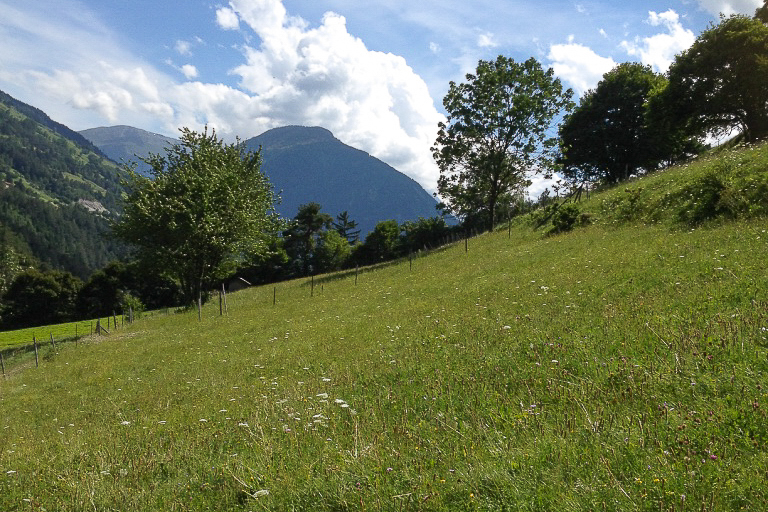Lif3web
Plant-Insect Interaction Networks
Climate change is expected to promote species range shifts toward higher altitudes. Due to good dispersal abilities, herbivores (e.g. Orthoptera) would respond faster to this than plants. This increase in herbivory pressure at higher elevation is expected to impact alpine plant communities, which are known to be poorly defended.

This project investigates the ecological mechanisms shaping interactions between plants and insect herbivores along elevation gradients in the Alps. For this purpose, genetic barcoding is used to reconstruct interaction networks and to couple trophic regime with measured ecological traits. The ultimate goal of this study is to provide a better understanding of the structure of plant-insect interaction networks toward more realistic forecasts of community responses to global changes.

Publications and Talks
Descombes et al.: Community-level plant palatability increases with elevation as insect herbivore abundance declines. Journal of Ecology, 2016, doi: external page /10.1111/1365-2745.12664
Pitteloud et al.: Climatic niche evolution is faster in sympatric than allopatric lineages of the butterfly genus Pyrgus. Proceedings of the Royal Society B: Biological Sciences, 2017, doi: external page /10.1098/rspb.2017.0208
Pellissier et al.: Comparing species interaction networks along environmental gradients. Biological Reviews, Oxford: Wiley-Blackwell, 2018, doi: external page /10.1111/brv.12366